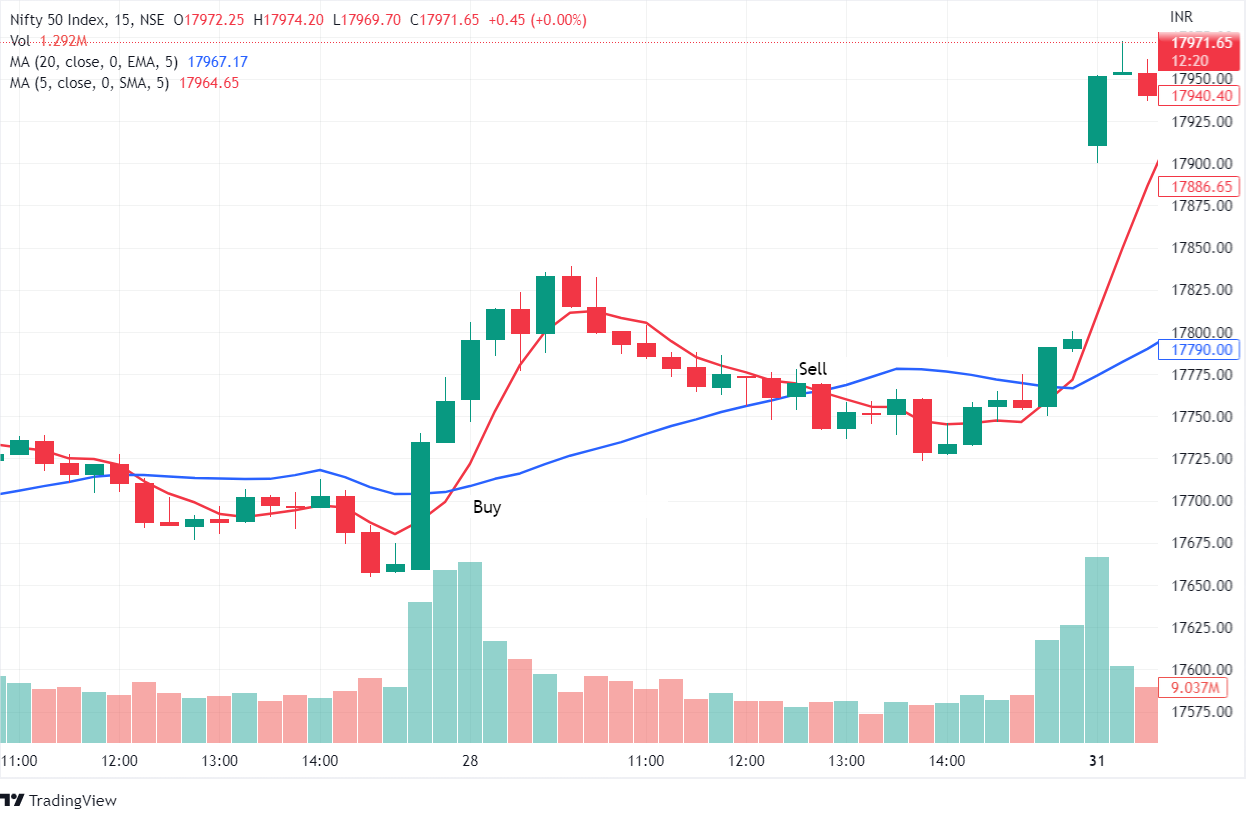The world of trading has come a long way since the days of traditional trading, where traders would work on the trading floor of stock exchanges, shouting out orders and making deals in person. With the advancement of technology, trading has become more accessible, and the emergence of new generations of traders has transformed the industry in many ways.
In this article, we will discuss the key differences between new generation traders and old generation traders.
Technology
One of the most significant differences between new and old generation traders is the use of technology. Old generation traders relied heavily on phone calls, faxes, and in-person meetings to communicate with clients and execute trades. In contrast, new generation traders use advanced trading software, algorithms, and automated trading systems to make faster and more accurate trading decisions.
Education
New generation traders tend to have a higher level of education and access to more resources than their predecessors. With the rise of online trading courses, webinars, and educational material, new generation traders can learn the intricacies of trading from the comfort of their own homes. Old generation traders, on the other hand, often had to learn through experience and mentorship, which was limited to those who had access to the industry.
Risk Management
Risk management is a crucial aspect of trading, and new generation traders tend to place a higher emphasis on it than old generation traders. With the use of technology, new generation traders have access to real-time data and analytics, which helps them identify and manage risks more effectively. They also tend to use more advanced risk management strategies, such as hedging and diversification, to minimize their exposure to market volatility.
Trading Styles
Old generation traders were known for their aggressive trading styles, often taking on significant risks in pursuit of high returns. New generation traders, on the other hand, tend to be more cautious and calculated in their approach. They rely heavily on data and analytics to make informed trading decisions and tend to have a more long-term investment strategy.
Collaboration
Another significant difference between new and old generation traders is the level of collaboration. Old generation traders were often lone wolves, relying on their own skills and expertise to make trading decisions. New generation traders, on the other hand, tend to work in teams and collaborate with other traders and analysts to share knowledge and insights.
Diversity
Finally, new generation traders tend to be more diverse than their predecessors. With the rise of online trading platforms, traders from all over the world can participate in the markets, regardless of their background or location. This has led to a more diverse pool of traders, which brings a wider range of perspectives and strategies to the industry.
In conclusion, the emergence of new generation traders has brought significant changes to the trading industry. With the use of technology, a higher level of education, a greater emphasis on risk management, and a more collaborative approach, new generation traders are changing the way trading is done. While there are still elements of traditional trading that remain, the future of trading is undoubtedly more accessible, more diverse, and more exciting than ever before.





